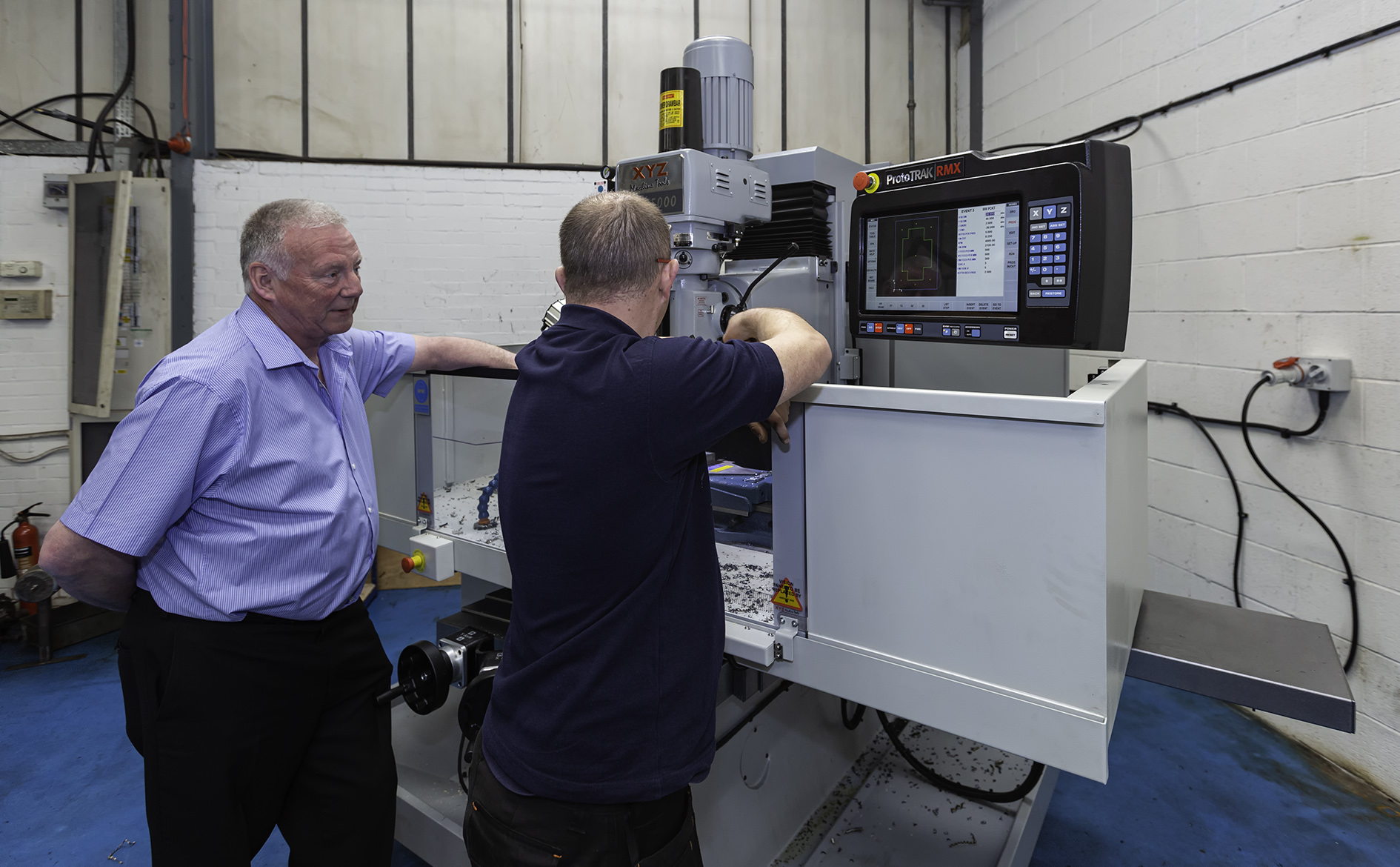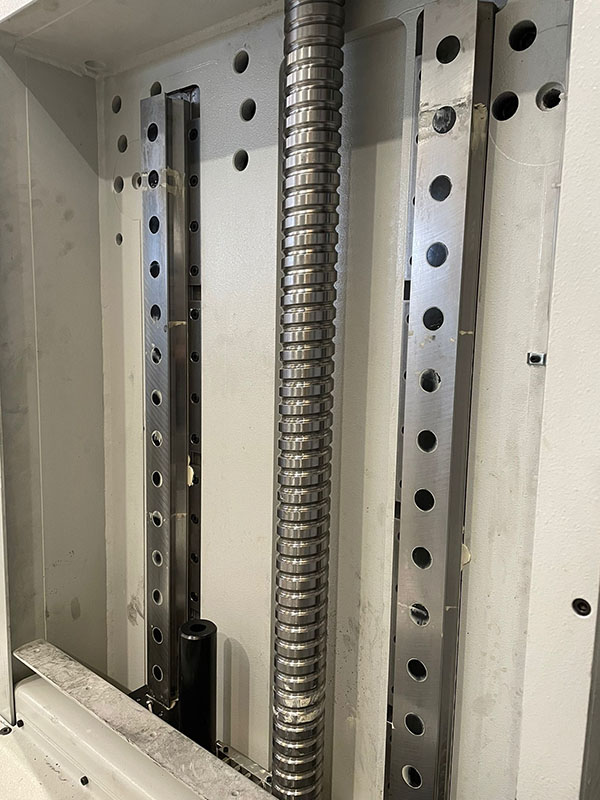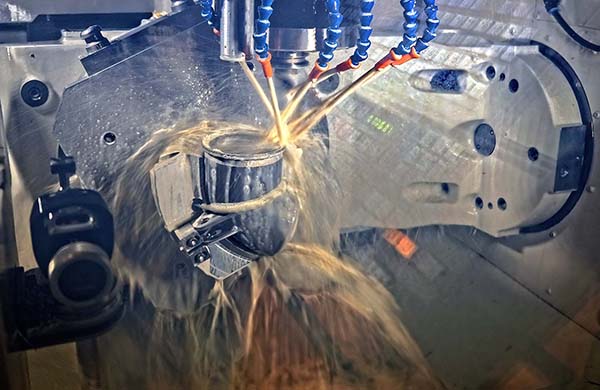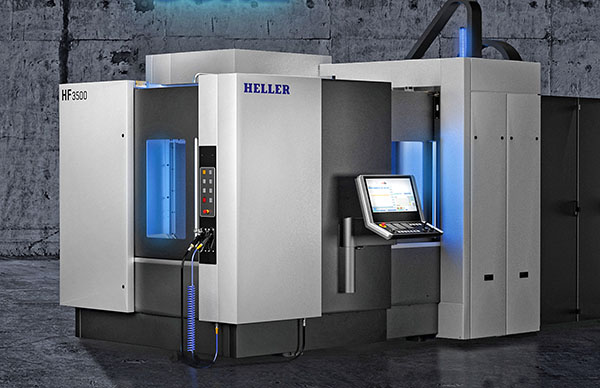Seal Team Systems creates bespoke leak repair systems for customers such as food manufacturers, energy generators, water suppliers and hospitals. The on-site leak sealing technology minimises any disruption or downtime, which can be expensive or life threatening. Time is therefore critical in manufacturing a range of components that combined can create an effective leak repair which can be made permanent at the next scheduled maintenance shutdown.
With every on-site leak posing different problems, the parts manufactured by Chesterfield-based Seal Team Systems are bespoke. The process starts with a customer site visit by a trained technician who reviews the problem and takes detailed measurements. Manufacturing starts upon the technician’s return to the factory. All of this can take 2-3 days, a situation compounded by a reliance on manual machining. To address this situation, Seal Team Systems has invested in an XYZ RMX 5000 bed mill fitted with the latest ProtoTRAK control system.
“We recognised a need to automate the process as much as possible, especially as finding the skilled people to create the parts we need was becoming harder,” says Andy Mills, director at Seal Team Systems. “With the XYZ RMX 5000, the technician, who was also the machinist, can now simply text all the details to us and we can start machining straightaway, turning what was a 2-3 day process into a next day service.”
Ken Black, director at Seal Team Systems, adds: “The move to the RMX 5000 with the ProtoTRAK control was a logical step up from manual machining, the training was straightforward, and we were operating it very soon after installation. The time savings we are making are significant, and typically amount to a 66% reduction in lead times.”
For further information www.xyzmachinetools.com























